Yellow Ochre: The Radiance of the Sun
“How beautiful yellow is!” Vincent van Gogh
One of the oldest pigments in the world, the warm golden tone of yellow ochre has remained a favourite throughout human history. Part of the ochre family along with red ochre, purple ochre, sienna and umber, the yellow variant can be traced back to prehistoric times, appearing in many of the world’s oldest cave paintings. A natural earth pigment, yellow ochre is derived from the iron-rich rock goethite, a potent substance that can easily stain skin and other surfaces, leaving a long-lasting trace of colour. Over the centuries since its discovery yellow ochre’s vivid vibrancy has often been compared with the glowing light of the sun or the vibrant warmth of human skin, but it has also taken on many other conflicting meanings and associations ranging from optimism and warning to cowardice and segregation.

A detail from the Lascaux cave paintings, which feature yellow ochre pigments and have lasted over 17,000 years.
Much like its sister colour red ochre, yellow ochre first appeared in prehistoric cave paintings in various locations all around the world. The famous cave paintings of Lascaux from over 17,000 years ago are a prime example, portraying wild animals with vivid glowing tones of yellow. In the following centuries Ancient Egyptians likened yellow to gold which they saw as eternal and indestructible, associating it with gods and the sun. In works of art women’s skin was often painted yellow, in contrast with men’s red ochre colouring while yellow ochre often appeared in the regalia and royal costumes of Pharaohs.
Similar glorious religious associations with the colour yellow ochre persisted in Ancient Greek and Roman cultures; it was believed the sun god Helios wore yellow and rode a gleaming golden chariot from east to west across the heavenly sky every day to keep the world alight, floating east again at night across the ocean in a golden cup. The colour yellow was therefore an extension of the sun’s radiant light and a powerful symbol of divine everlasting wisdom. In wall paintings it coloured the clothing of their most revered figures while it is believed the white classical statues of gods and goddesses were once painted with dazzling shades of colour including yellow ochre; in particular Venus the goddess of love was said to wear a yellow robe. The most vivid shade of yellow ochre came from a silver mine west of Athens called Laurion and was so popular it reached near legendary status.

Wall frescoes from Pompeii, with two central figures featuring golden, ochre toned skin and clothing.
As societies and civilisations advanced the yellow ochre colour continued to hold an important symbolic and religious role, appearing in many examples of Medieval and Byzantine art. But when artists in Christian culture began portraying the Biblical character Judas in yellow robes an association with cowardice persisted, which may have led to the later expression “yellow belly.” Examples include Giotto di Bondone’s masterful portrayal of The Kiss of Judas, 1306 in the Scrovegni Chapel, Caravaggio’s tragic drama The Taking of Christ, 1602 and Hans Holbein the Younger’s mean-spirited portrayal of Judas in The Last Supper, 1524/25. Other painters continued to exploit yellow ochre’s resemblance to gold, allowing it to infuse their paintings with shining spiritual radiance such as Hieronymus Bosch’s Adoration of the Magi, 1500, Raphael’s Sistine Madonna, 1512-13 and Botticelli’s Three Miracles of Saint Zenobius, 1500.
In modern times yellow ochre and its synthetic variants have continued to prove popular across various cultures while its complexity of meaning persists. Amedeo Modigliani often brought warmth into his canvases with yellow ochre; his striking portrait of his lover in Jeanne Hebuterne with Yellow Sweater, 1906 transforms her into a fertility goddess with curvaceous feminine forms. Wassily Kandinsky saw yellow as a jarring, violent and disturbing colour – in Picture with a Black Arch, 1912, yellow ochre jostles with discordant shades of blue, red and black, creating a sonorous cacophony. But Vincent van Gogh is often cited as the modern master of yellow, painting the sun-drenched, ochre-lit scenery of France in endless variations of warm-yellow, a colour he came to associate with the comforting familiarity of home, even in the most unstable of times.
Feature Image: A detail of the 1st century BCE fresco in the Villa of the Farnesina in Rome, with a central female figure depicted wearing yellow ochre coloured clothing.





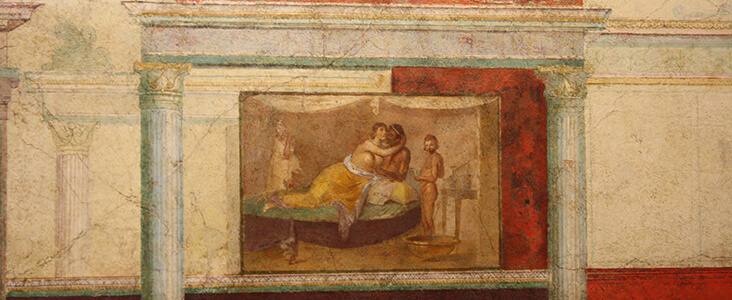
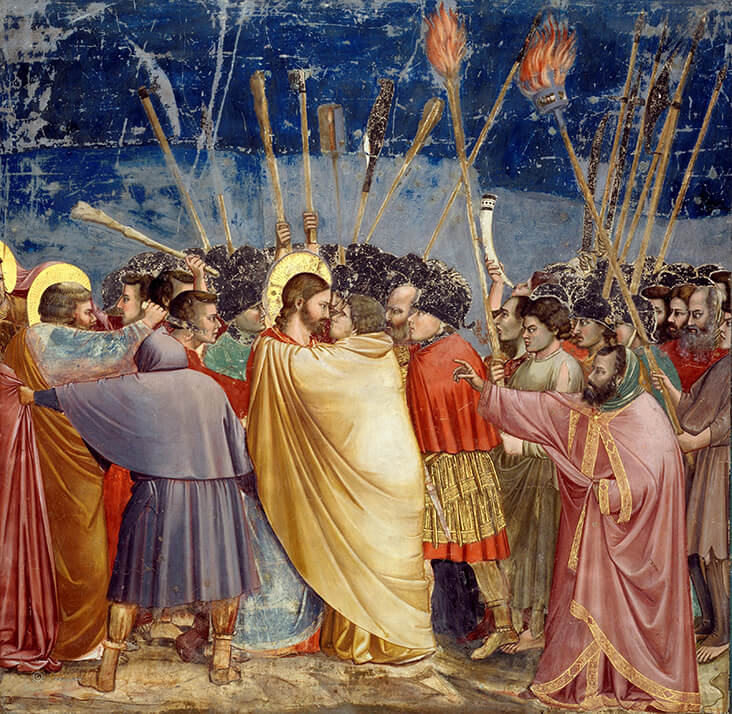
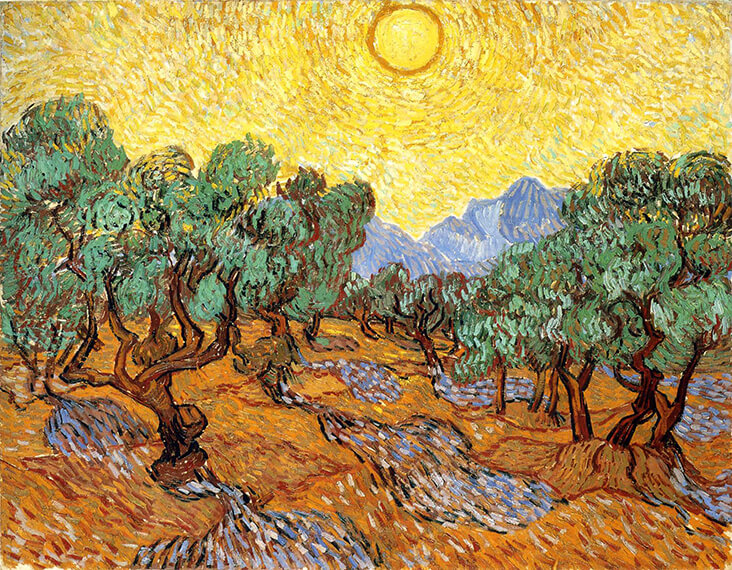
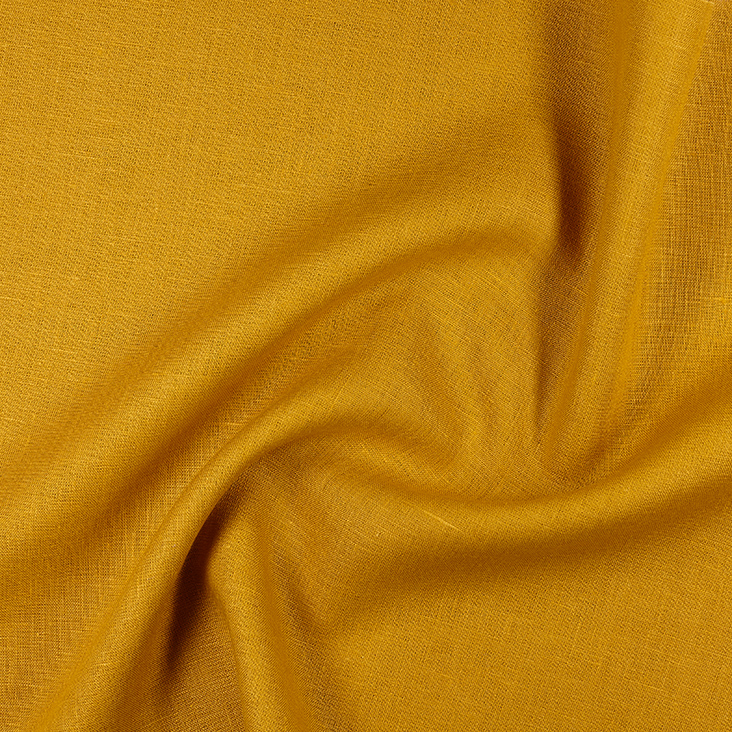








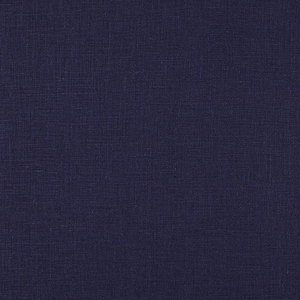





















4 Comments
Pingback:
Carolina Oneto The power of yellow in quiltingPingback:
Ochre Glow Warm Yellow – Skyline SculptVicki Lang
What a rich color. It jumps off the paintings by drawing your eye to it. Thank you for the article.
Rosie Lesso
Thank you!